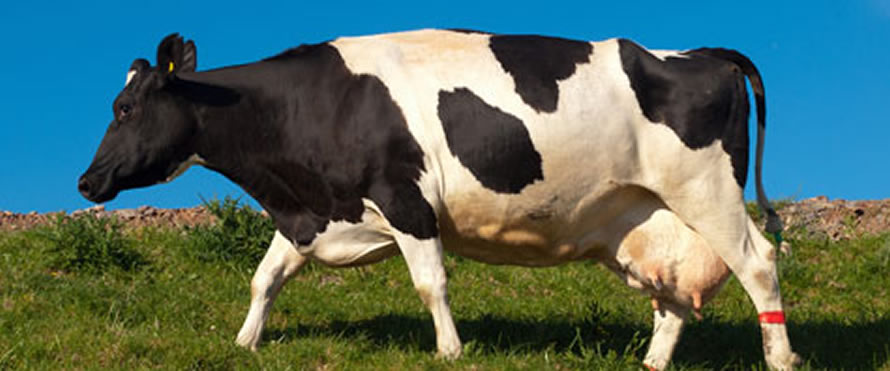
The Sunday News

Roberta Katunga Senior Business Reporter
THE dairy sector needs at least five years to close the gap between supply and demand as farmers are only producing below half of the national demand of 10 million litres per month. The gap is being partly filled by imports, officials said, but plans were afoot to ensure that intervention measures are put in place to boost local production.
In an interview, an official in the Dairy Services Unit under the Ministry of Agriculture, Mechanisation and Irrigation Development Mr Mr Addmore Waniwa said local farmers were producing 4,5 million litres of milk per month while at least 1,2 million litres of Ultra Heat Treated (UHT) milk was coming into the country per month.
Capacity utilisation for dairy processors is also between 30 and 40 percent due to lack of raw materials, he said.
“Capacity utilisation for processors is being affected by supply of raw materials. However, Finance Minister Patrick Chinamasa announced a rebate on the importation of milk powder for use as raw materials in factories as a way of increasing capacity utilisation,” he said.
He said efforts to capacitate local processors and producers were at an advanced stage as the country wanted to reduce the import gap for milk and milk products.
“Last year in October, a dairy revitalisation project was started and it is focusing on breeding and this project will improve milk production this year. We are also continuing with the heifer importation from South Africa and capacity building for farmers and extension workers,” said Mr Waniwa.
He said the country could not stop imports as local producers and processers could not meet local demand.
Meanwhile, the Dairy Farmers Association has attributed the decrease in milk production in the first quarter of the year to poor feeding of cows.
According to the Department of Livestock and Veterinary Services, 4 689 649 and 4 115 212 litres of milk were produced in January and February down from the December figures of 4 863 035 litres.
Matabeleland chairperson Mrs Celia Ndlovu said small producers were failing to get enough feed for their livestock hence the depressed milk volumes.
“The percentage of grass in grazing areas is less than 50 percent and this shortage of feed is affecting milk production and we have seen a decrease in production. The shortage of rains has affected all farmers,” she said.
However, Mr Waniwa said the decrease in milk production during the first quarter of the year was an expected situation as animals were generally stressed during the wet season hence producing less milk.
He said there was no anomaly with these statistics as usually during this period milk production goes down.
He, however, said comparing the Jan-Feb figures with those of the same period last year showed that there was an increase which was a good indicator as better volumes were expected this year as compared to the prior year.
“We are happy with these volumes as last year during this time they were much lower hence there is an improvement in production,” said Mr Waniwa.
At its peak in 1999, Zimbabwe produced over 150 million litres of milk annually and was exporting into the region and beyond.



